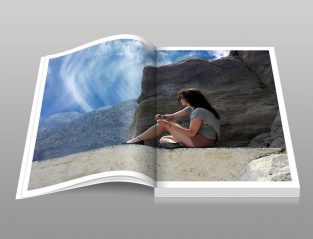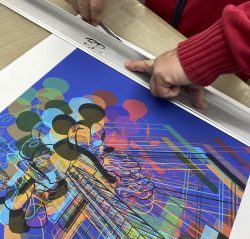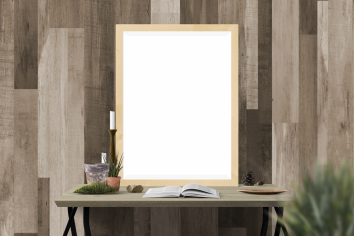Jane Austen film: A Journey through Time and Romance
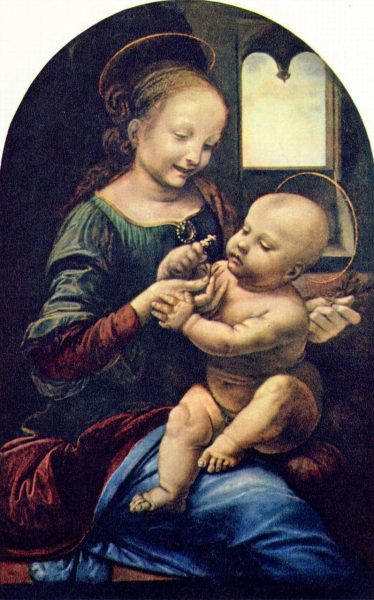
Introduction:
Jane Austen, a renowned English novelist, has left an indelible mark on the literary world with her captivating stories of love, society, and personal growth. Her novels continue to capture the hearts of readers, and over the years, these timeless tales have been brought to life on the big screen. In this article, we will delve into the world of Jane Austen films, exploring their significance and evolution, and providing valuable insights for those interested in this genre.
Understanding Jane Austen Films:
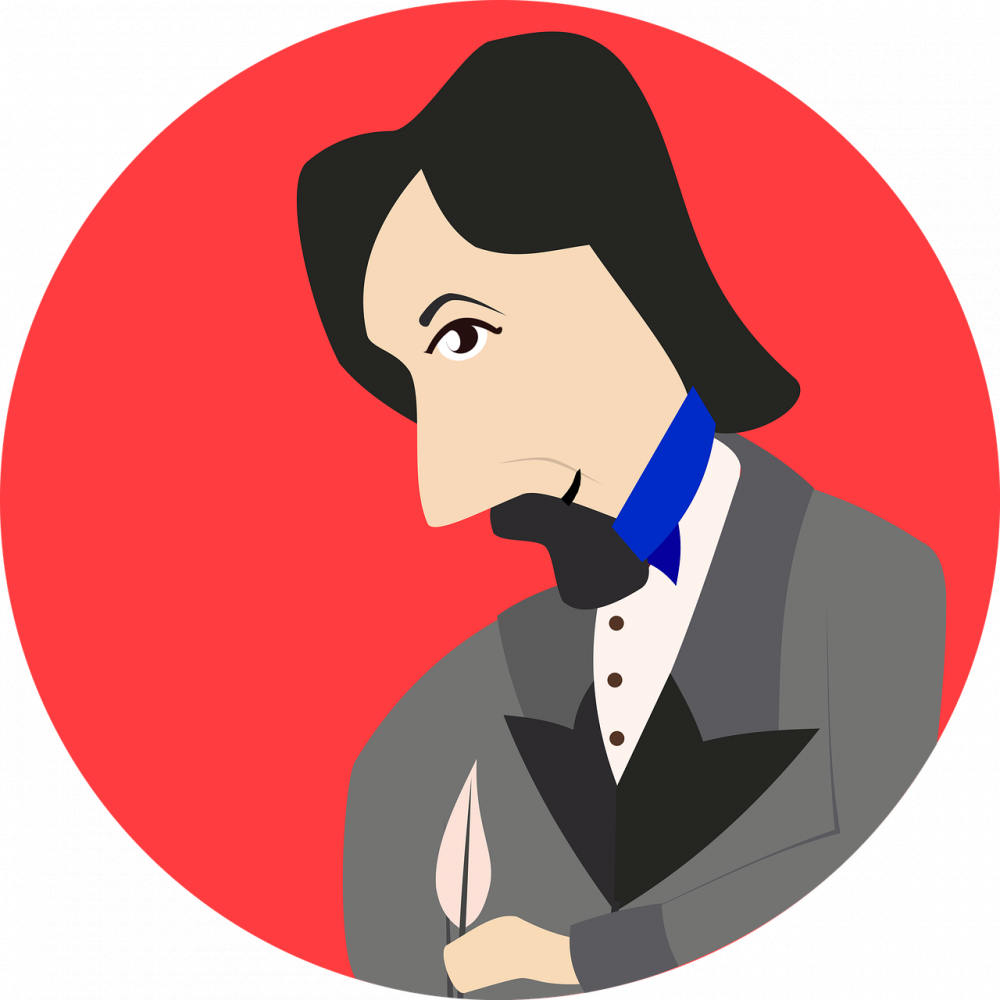
Jane Austen films refer to the cinematic adaptations of her novels, bringing her characters, settings, and themes to life through the magic of motion pictures. These films offer a unique medium to experience Austen’s world, allowing us to visually immerse ourselves in the elegant Regency era, explore the complexities of romance, and gain a deeper understanding of Austen’s literary genius.
Throughout history, Jane Austen films have been cherished for their ability to transport audiences to a bygone era. They offer a window into the societal norms, etiquette, and values that prevailed during Austen’s time. From grand ballrooms to picturesque countryside estates, these films beautifully capture the essence of Austen’s settings, allowing viewers to revel in the ambiance and elegance of the period.
The Evolution of Jane Austen Films:
Since the first cinematic adaptation of Austen’s work in the early 20th century, Jane Austen films have evolved both in terms of storytelling techniques and visual aesthetics. Let’s take a closer look at the different stages of this evolution:
1. Early Adaptations: The early adaptations of Austen’s novels often focused on preserving the language and tone of the original text. These films employed a more traditional narrative structure, staying true to the essence of Austen’s storytelling. Notable examples from this era include the 1940 film “Pride and Prejudice” and the 1995 television adaptation of “Pride and Prejudice.”
2. Modern Interpretations: In recent decades, filmmakers have sought to breathe new life into Austen’s stories by infusing them with a contemporary sensibility. These adaptations often incorporate modern cinematography techniques, diverse casting choices, and a more nuanced exploration of characters’ emotions. Notable examples include the 2005 film “Pride and Prejudice” starring Keira Knightley and the 2016 film “Love & Friendship.”
3. Inspired Spin-offs: Alongside traditional adaptations, there have been creative spin-offs inspired by Austen’s novels. These films reimagine Austen’s characters and plots in different settings or time periods, adding a fresh and imaginative twist to the familiar stories. Notable examples include “Bridget Jones’s Diary” and “Clueless.”
Jane Austen Films as a Cultural Phenomenon:
The enduring popularity of Jane Austen films can be attributed to several factors. Firstly, Austen’s stories have universal themes that resonate across cultures and generations. The exploration of love, family dynamics, and societal expectations transcends time and continues to captivate audiences worldwide.
Furthermore, Jane Austen films offer a visual feast for art lovers and collectors. From the opulent costumes to the meticulously recreated sets, these films provide a treasure trove of inspiration for those interested in historical fashion, interior design, and art direction. They serve as both entertainment and an educational resource, showcasing the artistic craftsmanship of their respective eras.
In conclusion, Jane Austen films have become an integral part of the cultural landscape, transporting audiences to a world of romance, wit, and societal intrigue. Through their evolution, these films have not only entertained viewers but also deepened our appreciation for Austen’s literary genius and the Regency era. Whether you are a devoted Austen fan or a newcomer to her works, exploring this genre of films allows us to experience the timeless charm of her stories and gain a renewed understanding of their enduring appeal.
Sources:
– Smith, A. S. (2010). Jane Austen on screen. Cambridge University Press.
– Stafford, F. (2007). Jane Austen’s own story: A biography in letters. Houghton Mifflin Harcourt.
FAQ
How have Jane Austen films evolved over time?
What are Jane Austen films?
Why are Jane Austen films appealing to art enthusiasts and collectors?
Flere Nyheder
Fotobøger – En fantastisk måde at bevare dine minder på
Introduction: Jane Austen, a renowned English novelist, has left an indelible mark on the literary world with her captivating stories of love, society, and personal growth. Her novels continue to capture the hearts of readers, and over the years, the...
31 maj 2025
De perfekte biledrammer til din kunstsamling
Introduction: Jane Austen, a renowned English novelist, has left an indelible mark on the literary world with her captivating stories of love, society, and personal growth. Her novels continue to capture the hearts of readers, and over the years, the...
08 maj 2024
